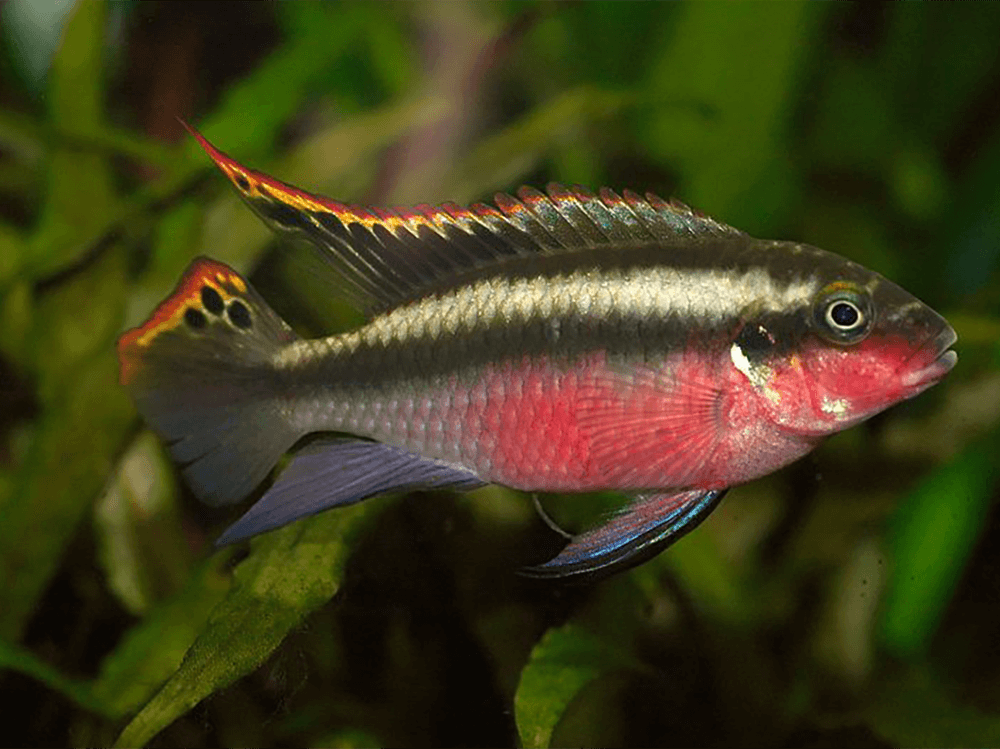How to raise pH in aquarium water
The pH of freshwater varies around the world, and most fish have adapted to live and breed in a narrow band of pH values.
Some fish prefer low pH, some neutral, and some high, and if your fish need a high pH, like Lake Tanganyika cichlids, you need to know how to raise the aquarium's pH, if it’s too low.
Test the fish tank water first
The first thing you need to do is establish the pH level in your fish tank, and in your tap water. Do this by using a pH test kit, and if you know it’s already high but want a more accurate reading, opt for a High-range pH test kit.
If the pH in your tap water is higher than in your tank, a simple water change with dechlorinated tap water will bring it up. Biological processes acidify tank water, so pH typically drops over time. As well as becoming uncomfortable for high pH, alkaline water fish, a low pH is also vulnerable to pH crash, where it goes lower and lower.
If the pH goes low enough, the biological filter even stops working. Aquariums that haven’t had a water change in a long time may have dangerously low pH, so pH needs to be raised and buffered.
A pH buffer is a quick and simple way to raise pH in your aquarium. Add it to the water and test the pH as you do so. Don’t raise the pH by more than 0.5 per day, and don’t exceed a pH of 8.5, as even hard water, alkaline loving freshwater fish species don’t need it to be higher than that. Some aquarists use Baking Soda but an aquarium specific buffer with aquarium specific dosage is better.
Another simple way to raise and buffer pH in a freshwater tank is to use natural decor that contains lime, like coral sand and aragonite. In a pH level of less than 8.2, they dissolve over time, releasing pH and KH buffers, calcium and magnesium. Coral sand can even be added to soft water tanks where pH keeps crashing, and although enough of it could raise pH to 8.2, it won’t go over that, so shouldn’t ever harm aquarium fish.
Drive off CO2
Carbon dioxide brings pH levels down, so an additional way to raise the pH is to aerate water vigorously with an airstone. For Rift Lake cichlids a combination of a calcareous substrate like crushed coral, cichlid buffer, a pH buffer and strong aeration should maintain an alkaline pH.
Five factors which lower pH in a freshwater aquarium
- Biological filter processes (fish waste)
- Carbon dioxide
- Bogwood
- Peat Moss
- Neat RO water









